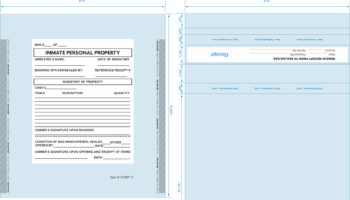Both defined benefit and defined contribution retirement plans are covered by the ERISA or Employee Retirement Income Security Act.
At retirement, a defined benefit plan guarantees a certain monthly benefit. This guaranteed benefit may be specified in the plan as a specific financial figure, such as $100 per month after retirement. Or, more frequently, a benefit may be calculated using a plan formula that takes elements like salary and service into account. For instance, 1 percent of the average wage for the previous five years of employment for each year of employment with a company. The Pension Benefit Guaranty Corporation (PBGC), a federal insurance provider, safeguards the benefits in the majority of traditional defined benefit plans, subject to certain restrictions.
To hire a social security retirement benefits attorney, please click on the link.
In contrast, a defined contribution plan does not guarantee a certain level of benefits at retirement. In these plans, either the employee or the employer, or both, may make contributions to the employee’s individual account under the plan. These contributions may be made at a specified rate, such as 5% of annual earnings. Usually, the employee’s money is invested in these contributions. The account balance, which is determined by contributions plus or minus investment losses or gains, will finally be given to the employee. Due to changes in the value of the investments, the account’s value will vary. 401(k) plans, 403(b) plans, employee stock ownership plans, and profit-sharing plans are a few examples of defined contribution plans.
A defined benefit plan called a “Cash Balance Plan” defines benefits in a manner that is more typical of defined contribution plans. In other words, a cash balance plan expresses the benefit that is guaranteed in terms of an account balance that is specified. A “pay credit,” such as 5% of an employee’s salary) and an “interest credit,” either a fixed rate or a variable rate linked to an index, such as the rate on a one-year Treasury bill, are often awarded to a participant’s account each year under a cash balance plan.
The benefit amounts offered to participants are not immediately impacted by changes in the value of the plan’s investments. As a result, the employer is the only party responsible for the investment risks and rewards on plan assets. Benefits under a cash balance plan are specified in terms of an account balance when a participant is granted the right to collect benefits. Within specific parameters, federal insurance offered through the PBGC, Pension Benefit Guaranty Corporation, protects the benefits in the majority of cash balance plans, just as it does in the majority of traditional defined benefit plans.
To get more info, please visit Kenton Koszdin Law Office.







